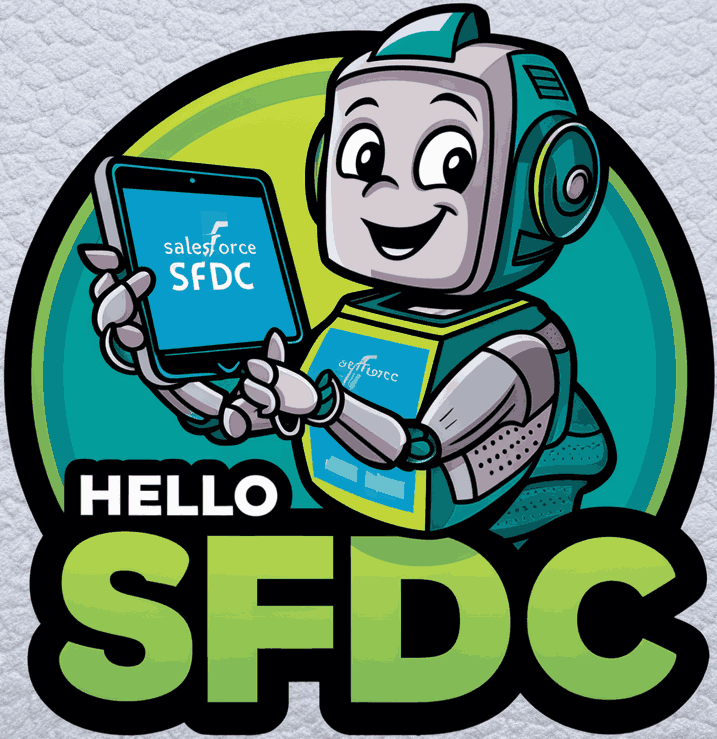Imagine you have two applications, A and B, and you aim to establish communication between them over the internet, a process commonly referred to as integration. Just as people may speak different languages, these applications might operate in distinct programming languages. Webservices act as intermediaries or translators facilitating seamless interaction between these applications.
An API, or Application Programming Interface, functions akin to a waiter at a restaurant. It takes your order, communicates it to the kitchen, and then delivers your food to you.
To illustrate this concept further, let’s consider another scenario:
Picture yourself as a budding archaeologist tasked with understanding Egyptian culture. However, you lack familiarity with the Egyptian language or hieroglyphs, the formal writing system of Ancient Egypt. Stepping into the Egyptian library, you bring along an Egyptian archaeologist proficient in both the language and hieroglyphs. Say you’re seeking a specific book, perhaps one about King Tutankhamun, but you’re uncertain of its location. With your translator by your side, you approach the librarian, who acts as the intermediary between you and the extensive collection of books.
In this scenario:

- The library symbolizes a server or repository of resources, akin to a database.
- You, the library visitor, represent a client or user attempting to access information.
- The Egyptian archaeologist serves as a Web Service, translating your request to the librarian and deciphering the book language for you.
- The Librarian serves as the API, facilitating your request for the required books.
- You provide the librarian with the book topic you’re searching for.
- Leveraging their knowledge of the library’s layout, the librarian locates and retrieves the relevant book for you.
- Finally, the librarian hands you the book, granting you access to the sought-after information.

In essence, web services and APIs act as mediators between different applications, much like a translator guiding you through a foreign library. They facilitate smooth communication over the internet, similar to how a waiter takes your order and brings you your food in a restaurant.

